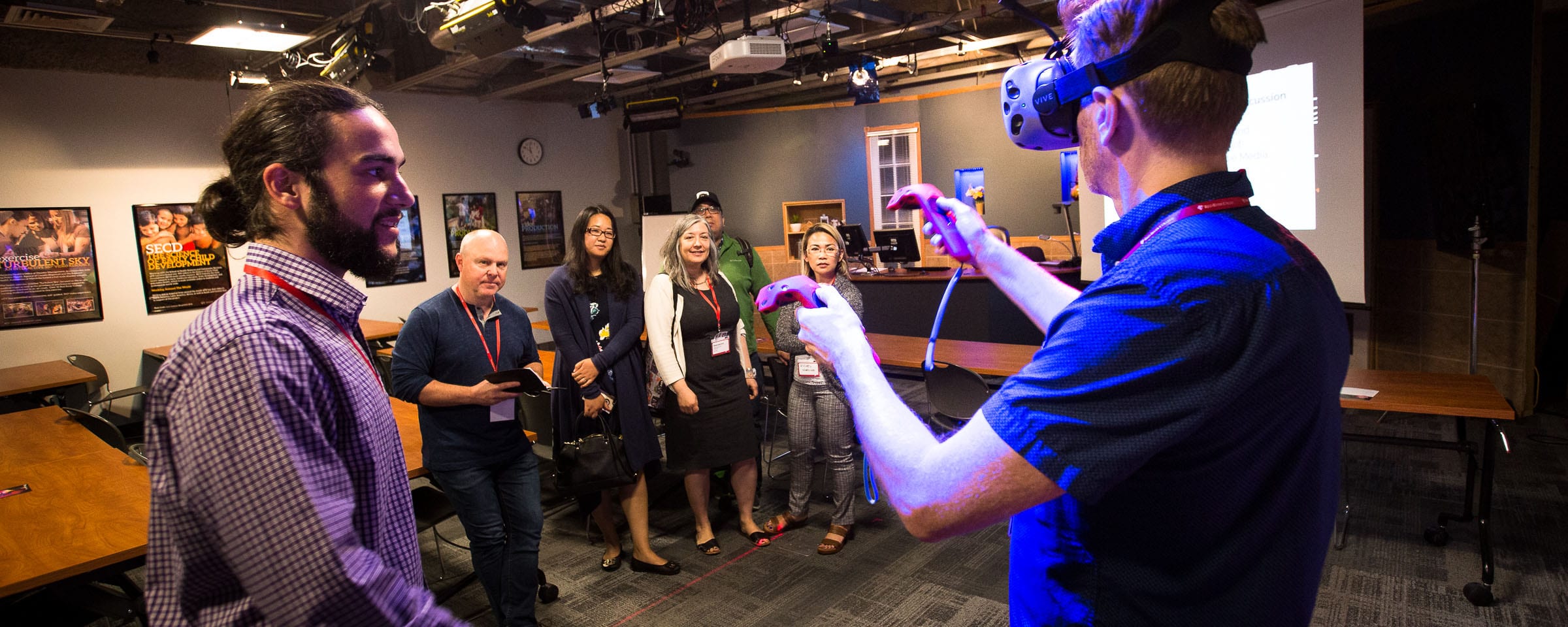


When building an online course, it’s important to organize your work into “Modules”. These modules will help organize your content, as well as give your learners a path through your course.
You can use modules as topic heading, weekly headings, or even think of them like folders or directories on your computer.
This video shows how to add modules and submodules to your course:
1. From the Navbar click “Course Content”, “Content”
2. On the left hand side of the page, click in the “Add a module…” box.
3. Type the name of the module and click ‘Enter’. You have now created a module (1).
4. If you are nesting modules (creating sub modules), click into the new module and click the “Add a sub-module…” (2) button at the bottom of the page.
5. Type the name of the sub-module and click ‘Enter’. You now have a nested sub-module.
6. If you want to add restrictions (1) or description (2) to your modules, you can do that by clicking on the module or sub-module on the top of the page (under module’s name).
You are now able to adjust the restrictions. You can add start/end/due dates that will display on student calendars. You are also able to apply Release Conditions that have to be met for the content to become available.
7. By clicking the dropdown beside “Published” (3) you can change it to “Draft” if you don’t want the module and content within visible to students.
8. You can easily re-arrange modules by using the drag and drop functionality. Click and drag the module by clicking on the three lines beside the module name.
1. In the Table of Contents panel, click the module (1) or topic you want to delete.
2. Click “Delete Module” (3) from the module’s context menu (2).
3. Decide whether you want to remove the module from the Content view only or permanently delete the module from the course (this will also delete all associated objects including discussions, quizzes, etc).
4. Click “Delete”.
RRC Polytech campuses are located on the lands of the Anishinaabeg, Ininiwak, Anishininwak, Dakota Oyate, and Denésuline, and the National Homeland of the Red River Métis.
We recognize and honour Treaty 3 Territory Shoal Lake 40 First Nation, the source of Winnipeg’s clean drinking water. In addition, we acknowledge Treaty Territories which provide us with access to electricity we use in both our personal and professional lives.